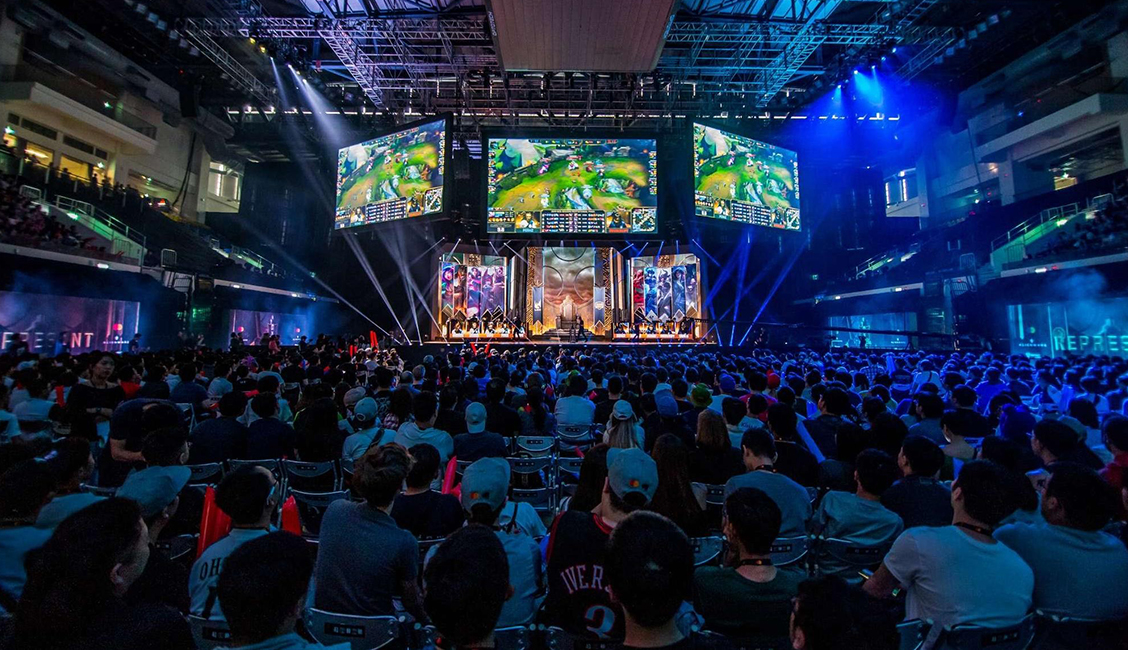Article content
It's been an interesting year for sports, to say the least. College and pro games, on hold since March, have only recently begun a slow, strange comeback--in bubbles and with no fans in attendance. Making matters worse, most other forms of live entertainment including concerts are also dark.
While live event activity has diminished, fan interest and demand haven’t. Stepping up to fill this void has been another type of competition where the activity and fan base are as passionate and intense, if not more, as any traditional contest: esports.
Already on a steady rise recently with growth and revenue estimates in the billion-dollar range, the COVID-forced sports lockdown in the past months accelerated esports’ growth even more rapidly.
From March 2020 through this summer, esports and livestreaming viewership rose between 75 to 100 percent over the same period in the prior year (Niko Partners 2020). This matches with the shifting viewing behaviors of consumers, who have been increasingly streaming and viewing their content over the Internet.
These corresponding trends, together with fantastic initiatives from the likes of Formula 1 and NASCAR, have brought esports to a more mainstream audience and present the perfect opportunity for this fairly recent industry to step up in class.
Right Platform for the Right Audience
Traditionally, it’s been relatively easy for esports organizations to reach their audiences. Once a tournament is put together, the broadcast piece is usually conducted through a streaming service like Twitch or YouTube.
For a digital-first industry like esports, these streaming services have been perfect, allowing viewers to watch their favorite teams or events from the comfort of their living rooms, even if quality is below the traditional sports broadcast on TV. Delays in start times, lower image quality and resolutions, the occasional drop in service, stream failures, and tournament connectivity are all undesirable issues. But viewers have grown accustomed to witnessing a mix of these issues on live streams (and this can be a very vocal crowd).
More Eyeballs Means Higher Standards
With esports now attracting larger audiences and the attention of the biggest brands in the planet, they need to meet higher expectations and reassure potentially risk-averse partners.
It’s clear fans are still interested and watching, but TV broadcasters have started taking notice, too. As have the most successful consumer brands, from luxury goods to car manufacturers. With most, if not all, esports experts predicting that media rights will become the highest revenue generator for the industry, esports producers need to start thinking in terms of broadcast-level quality if they’re serious about being taken seriously.
Once you start asking people to spend more time watching your broadcasts, and once you have aspirations to grow your media rights business – with all the added complexities it brings like being considered "safe" for broadcasters, advertisers and sponsors to be associated with you - the stakes rise and the sense of urgency increases significantly.
Along with the growing interest from major broadcasters like ESPN, FOX Sports or Sky Sports to host this content comes higher expectations that what they’re showing matches their established level of programming quality. If these broadcasters, and their advertisers, are paying for the rights to a particular event that starts at 3 p.m. it has to start at 3 p.m., broadcast feeds cannot fail, resolution must be impeccable and latency needs to be kept to a near-zero minimum.
Navigating a New Competitive Landscape
The sports and esports industries are fundamentally competing for someone’s entertainment time. We all have just a few hours a day, at best, to be entertained. You may choose to read a book, play a game or watch sports… but most likely you can’t do all of them. Hence why Reed Hastings famously said that Fortnite is a major threat to Netflix. When fighting for larger global audiences and their entertainment time, esports companies need to be sure they are competitive in every sense, compared to other comparable forms of entertainment like traditional sports. As a critical part of this, broadcast delivery solutions must be reliable enough to reach their intended destinations and meet their partners’ expectations.


